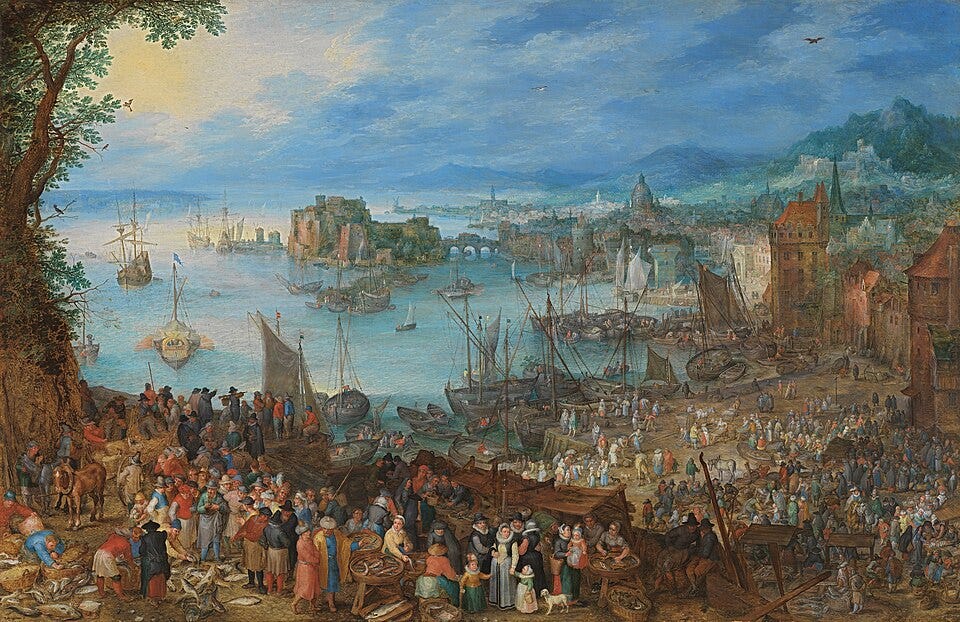Salmon industry update
Recapping the cycle and developments of the most profitable fish in the sea.
It’s been almost two years since I shared my first industry primer on the salmon farming industry. Salmon farming is an interesting industry: commodit…

